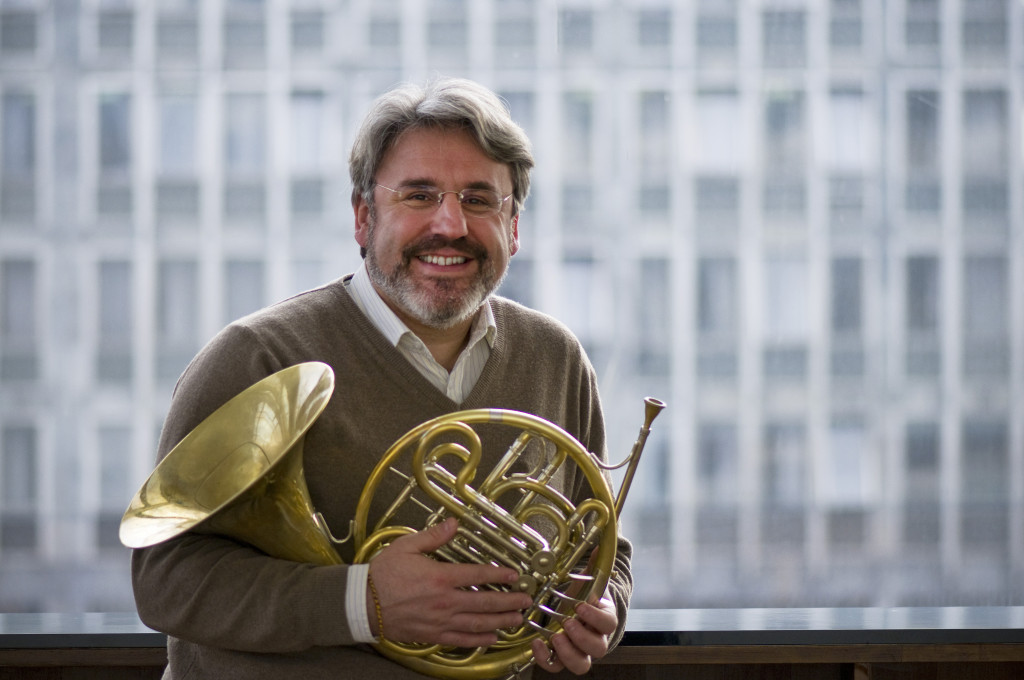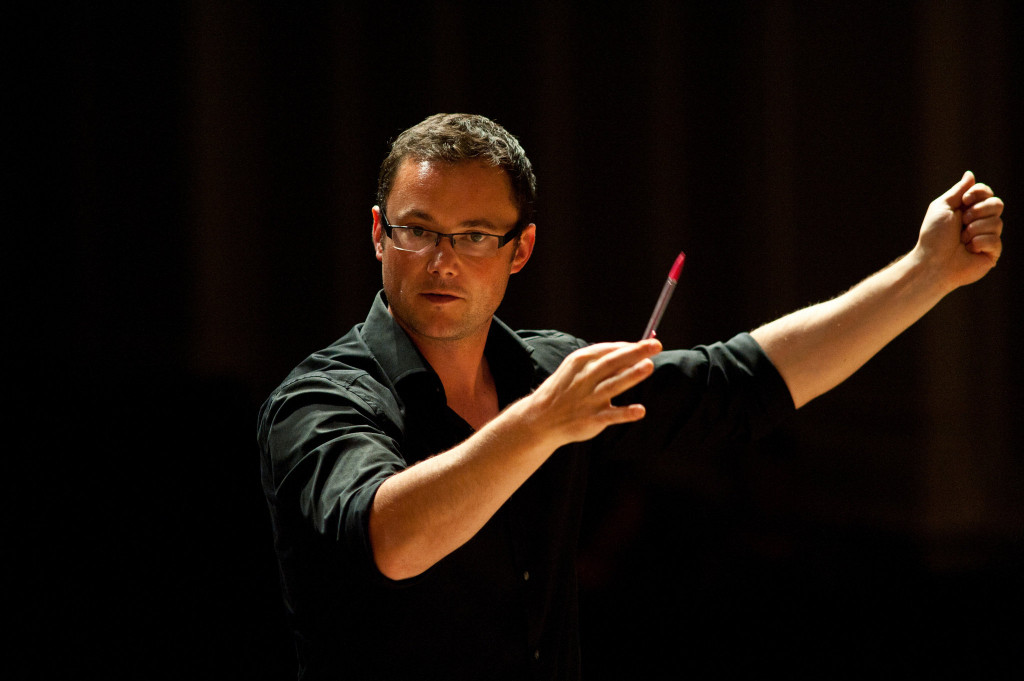
The Mozarteum Orchestra of Salzburg came to the Kravis Center on Saturday night and made a lasting impression on the well-heeled audience of about 1,600 concertgoers who would not let them go until they heard an encore.
And that encore was no ordinary sugar-sweet lollipop, but the great final movement of Beethoven’s Seventh Symphony. And they played it with a verve and energy unexpected at the end of a hard night’s work
Formed in 1841 with the blessing of Constanze, Mozart’s aging widow, this group of 41 players left the balance of the orchestra at home (touring 91 musicians around America is a costly business).
The evening began with Beethoven’s overture for his ballet music to The Creatures of Prometheus (Op. 43). The Mozarteum gave it a sharp, concise reading with bright, bright woodwinds led by a young conductor, Matthew Halls, who exuded the athletic energy of an Olympian on the rostrum. He drew a rich and colorful interpretation from his players, giving it the nobleness Beethoven intended in the first dances.
By contrast, he allowed the quick violin figurations at the end to shine brilliantly, representing the god Prometheus leading humanity into a state of bliss. Halls, an English conductor, was formerly an organ scholar at Oxford University. Now in his fourth season with the Oregon Bach Festival, he has enormous charm, a fantastic technique and a long conducting résumé. He belongs at the helm of a major orchestra, here or in Europe.
The Horn Concerto No. 1 of Richard Strauss followed, featuring soloist Radovan Vlatković. Written when the composer was 18, it’s an homage to his father Franz, who played first horn chair in Richard Wagner’s Bayreuth pit orchestra.
Playing from memory, Vlatković impressed greatly with his even tone and easy delivery. The woman next to me said, “When does he take a breath?” and I was glad to explain to her that such smooth playing was indeed the mark of a very great musician and horn player.
From the start of the Allegro one wanted to close ones eyes and let this wonderful tone production waft overhead and into memory. Conductor, soloist and orchestra were as one, so delicate was their music making. The Andante was beautifully sensitive and dream-like, with the soloist dwelling on every perfect note. The final Rondo with its tricky opening for horn players was masterfully accomplished, not a fluff, not a flaw. His smooth breathless playing was of the highest standard, with clean runs and precise fingering. The thrilling deliberate surprise ending was superbly played.

After intermission it was time for the Mozarteum to honor their namesake with the ballet music created for his opera, Idomeneo (K. 367). The elector of Bavaria commissioned the opera in 1781 for the Munich carnival season. At 24, still living in Salzburg, Mozart could now use the elector’s celebrated orchestra, chorus and stable of fine singers to work with, something his home town lacked, and an opportunity to establish his talent as a composer of dramatic music. Five dances were written only weeks before the opera opened.
The opera is a fine example of high Baroque music carefully written to show off the vocal flexibility of the singers he had at his disposal. The two dances at Saturday night’s concert, the “Chaconne” and “Solo Dance,” were exceptionally complex and frankly, quite boring. There are some lovely oboe passages in the second dance, but the music is forgettable. Indeed, absent live dancers, it was left to the conductor’s refined hand movements to do the dancing, and this he did most expressively.
Schubert’s Symphony No. 3 (in D major, D. 200), also written when its composer was 18, ended the program. A solid slow single note introduced by the full orchestra establishes the key followed by pulsating flutes and oboes with repeated notes in a continual rivulet of sounds. The clarinet bursts in with a new theme and we are off into the full Adagio movement with its tripping melodies con brio.
Opting for a second movement Allegretto, Schubert discarded his original sketches for an Adagio and came up with some highly singable tunes given mostly to the clarinet. Third, the Minuet, is closer to a Ländler, an Austrian country dance full of rustic charm. A languid oboe melody invokes “the common touch” as it ends the movement, which was played with warmth and feeling by the orchestra.
Last came the Presto vivace, featuring recurring orchestral crescendos in the form of a tarentella, fast and urgent. Sparkle and elegance augment the main theme where Schubert gives each section of the orchestra time to shine to advantage before bringing this delightful work to a resounding close. Time and again the audience recalled conductor Halls; that’s when he surprised us with the finale of Beethoven’s Seventh for an encore.
All in all, a night to remember.